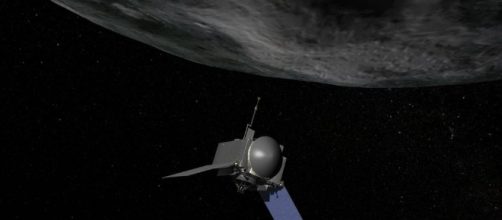A company called ExoTerra is poised to be the first private company to fly a mission beyond the moon, thanks to a $2.5 million grant from NASA to develop a Solar Electric Propulsion system capable of sending a CubeSat across interplanetary distances, according to Space Daily. Cubesats are shoebox sized space probes made possible by modern, miniaturized electronics. They have applications ranging from remote sensing satellites to deep space planetary missions. Cubesats are cheap enough for private companies to use for the sort of missions that hitherto only National Space Agencies have been able to undertake.
The mission that ExoTerra intends to undertake, along with Deep Space Industries and Advanced Solutions Inc., is a voyage to locate asteroids suitable for mining. The voyage would also constitute a test for the new propulsion technology that is half the size of other comparable system and will be able to propel the CubeSat at over 2.5 kilometers/second. The voyage is slated to begin sometime in 2019.
Companies such as Deep Space Industries are keen to use CubeSats in some of their commercial operations. Deep Space Industries seeks to make a large amount of money exploiting the ample mineral wealth that exists in Earth-approaching asteroids, using 3D printers to make useful objects out of those materials.
The company could then sell spare parts to customers operating in space to repair satellites or build new platforms entirely out of extraterrestrial materials, eliminating the expense of bringing them from Earth.
Cubesats will be cheap enough for academic entities such as universities and corporations to mount their own space missions, sharing the cost of a launch with other small voyages of discovery.
National space agencies such as NASA would be able to use swarms of smaller CubeSats instead of one larger space probe to explore various destinations of the solar system. They could be sent on high-risk missions in which some of the CubeSats might not make it, but some would. Also, cubesats could be used to land on various parts of a moon or planet, exploring different locations at the same time for the cost of just going to one with a larger planetary probe.

